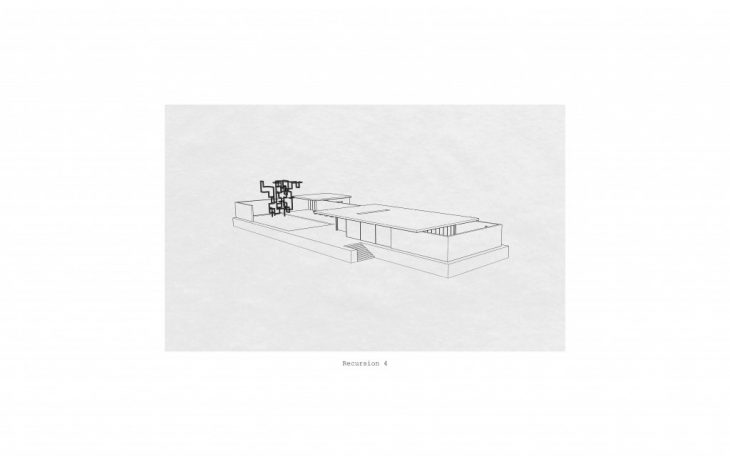"Recursion in mathematics is stated as a function that is defined by being applied within itself. In other words, the initial conditions are repeated in itself until a satisfactory outcome has been achieved. The power of recursion evidently lies in the possibility of defining an infinite set of objects by a finite statement. In architecture, the role of recursivity has been translated often into a merely aesthetical exploration rather than for solving complex problems with simple rules. This assignment wants to investigate applications and implications of looping and recursive strategies to reframe the generation of architectural spaces. As a case study students will have to intervene a part of the Mies van der Rohe pavilion and propose an architectural installation applying recursive systems which resembles how would nature proliferate in a contained environment" -Assignment brief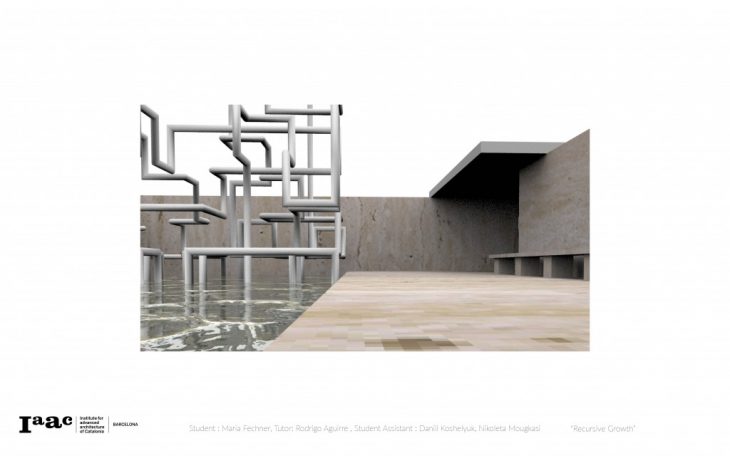
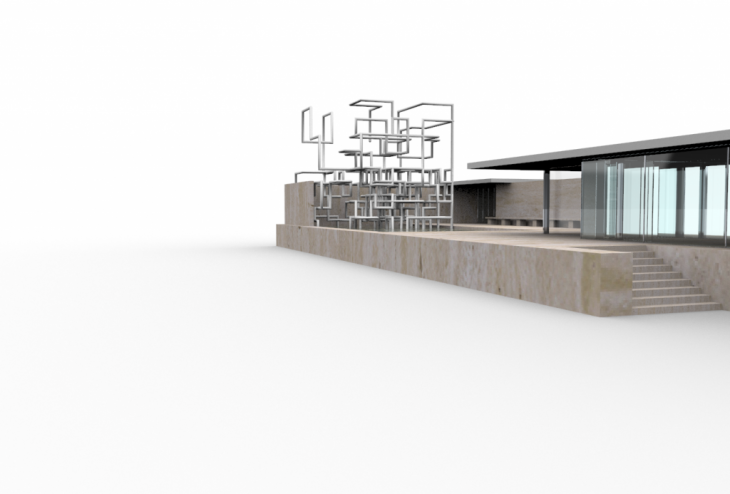
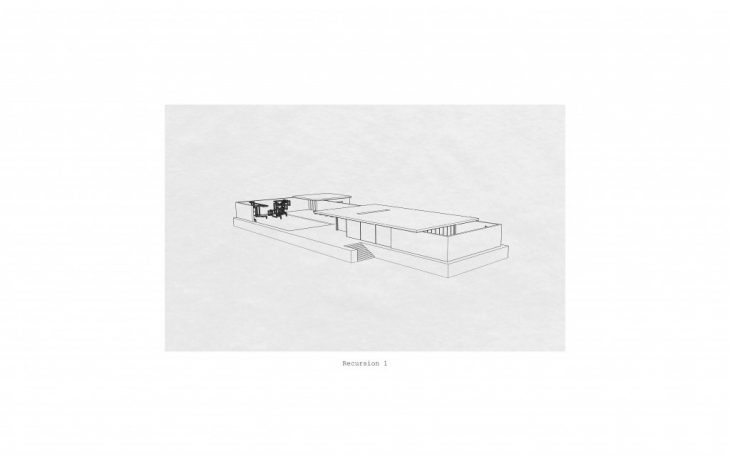
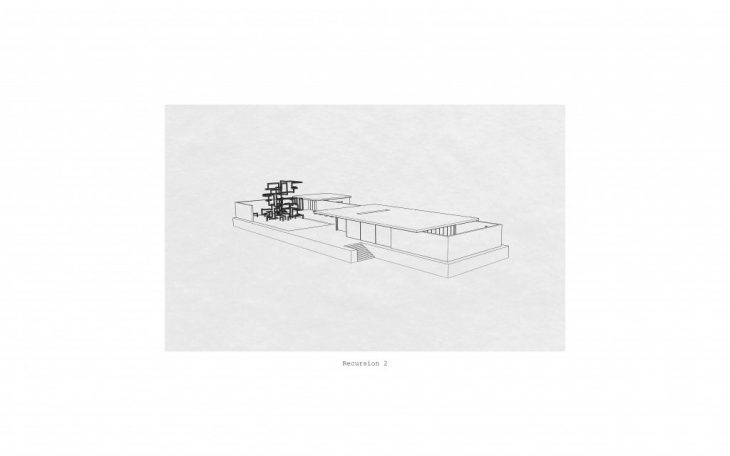
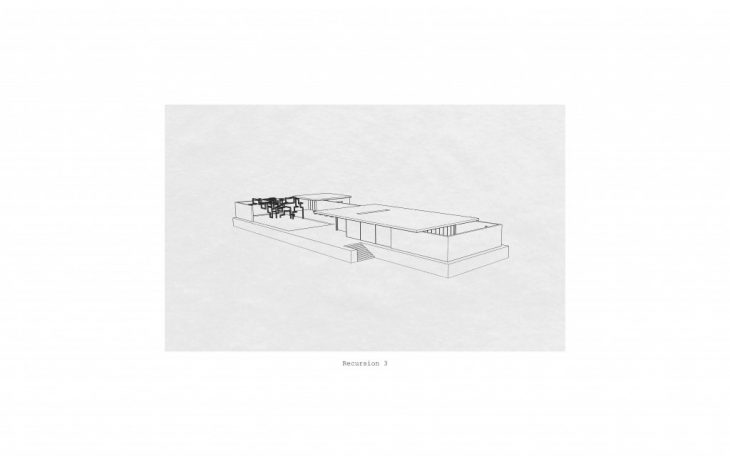
1. Create a plane surface
2. Divide surface
3. Multiply the grid of points in the Z direction
4. Choose a random point
5. Start the loop
6. Create a path between the point and one of the closest 6 points
7. Repeat n times
8. Create the line between points
9. Add the thickness
You can divide the surface in many ways and repeat the process until you are satisfied with the result
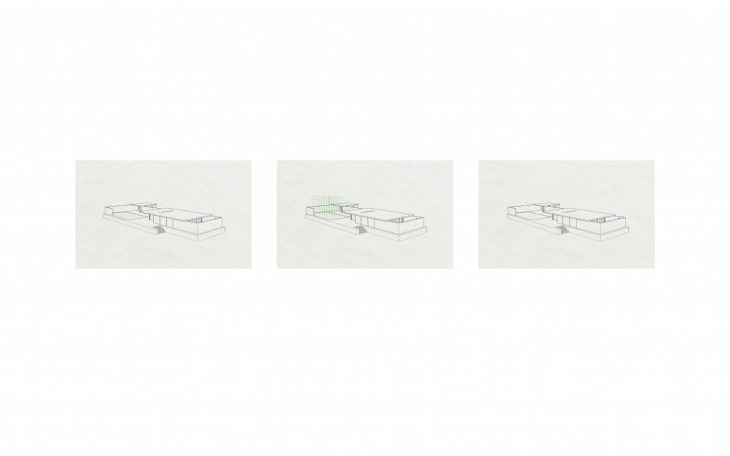
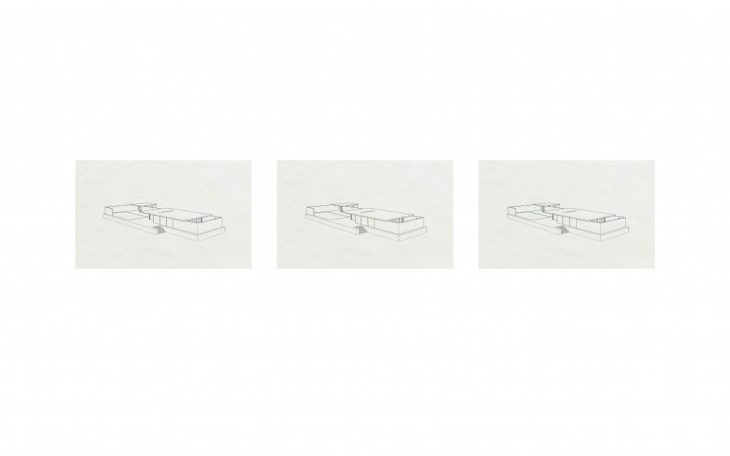
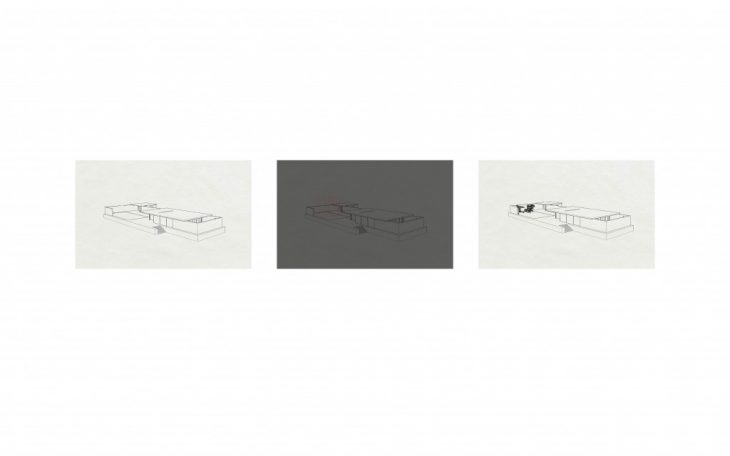
RECURSIVE GROWTH is a project of IaaC, Institute for Advanced Architecture of Catalonia developed at the Master in Advanced Architecture in 2019 by: Student: Maria Fecher Faculty: Rodrigo Aguirre Assistant: Daniil Koshelyuk, Nikoleta Mougkasi
